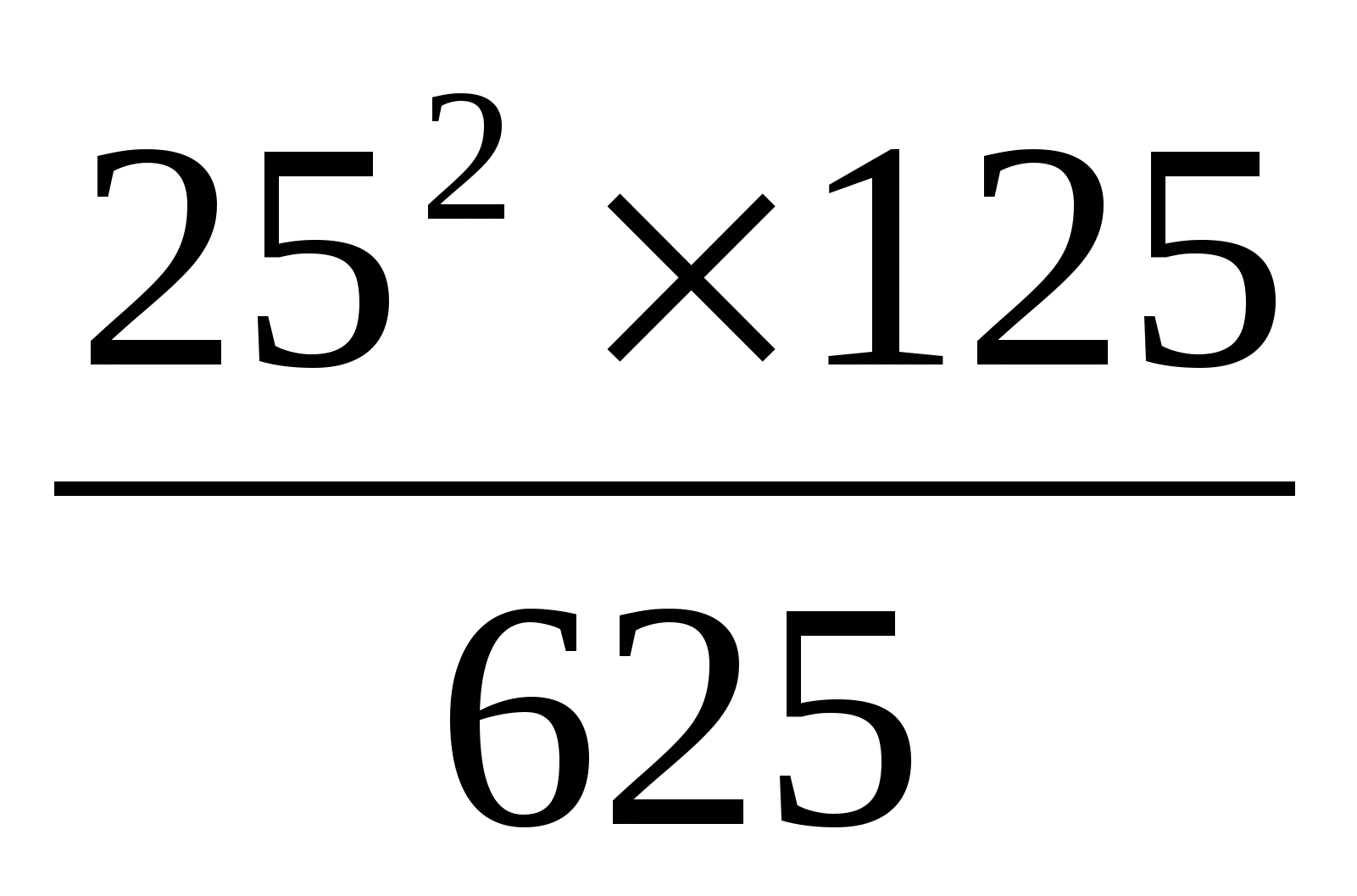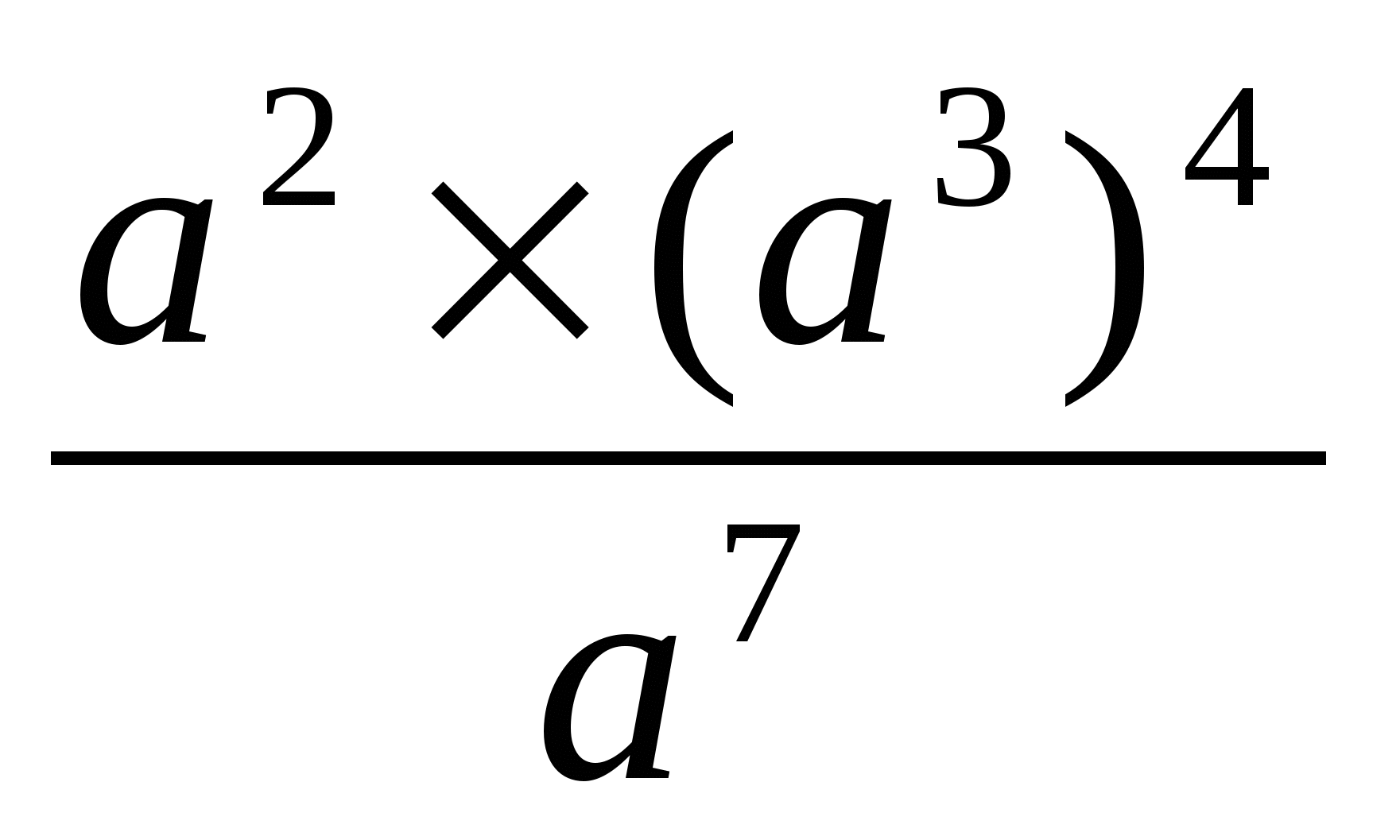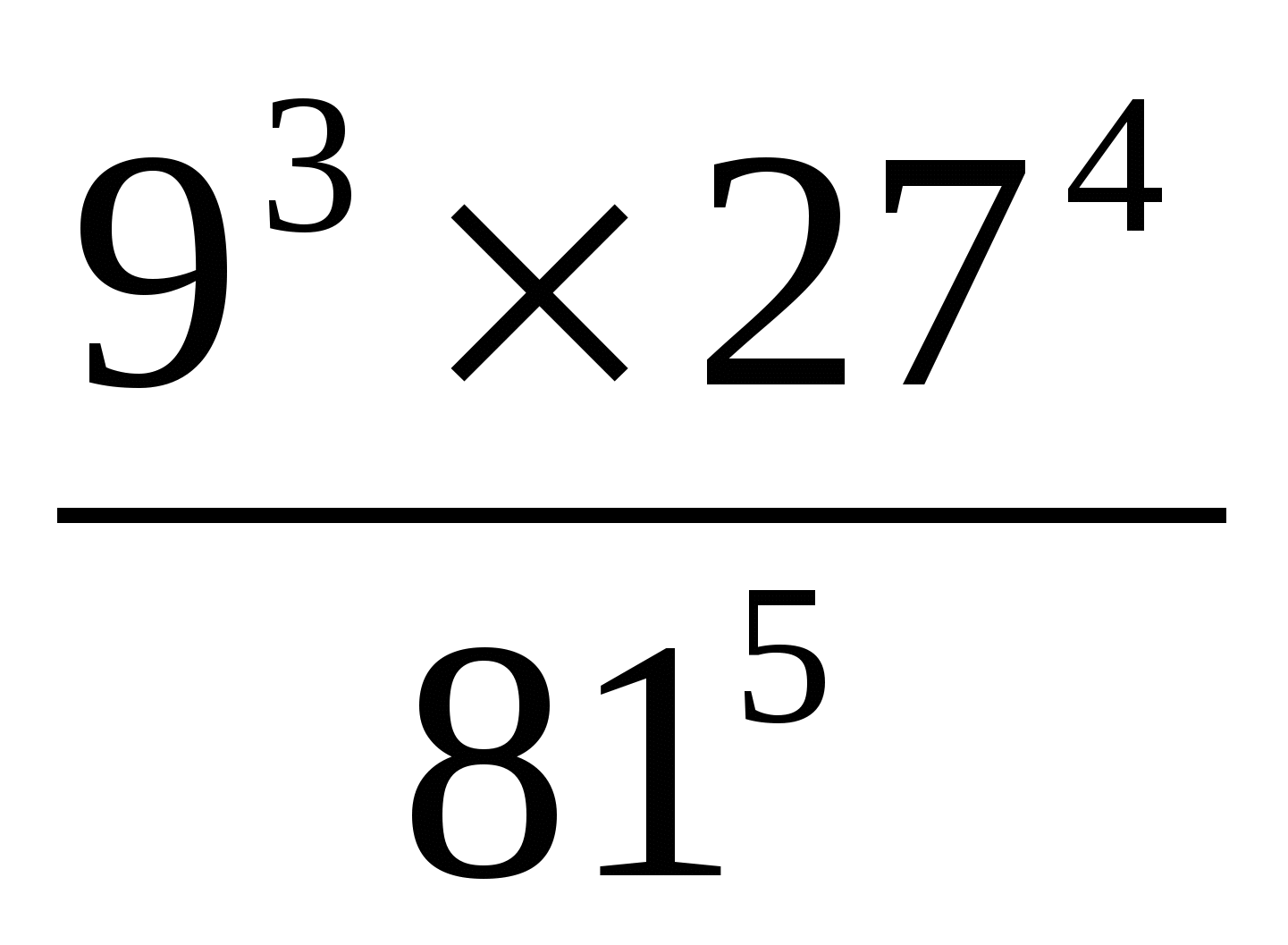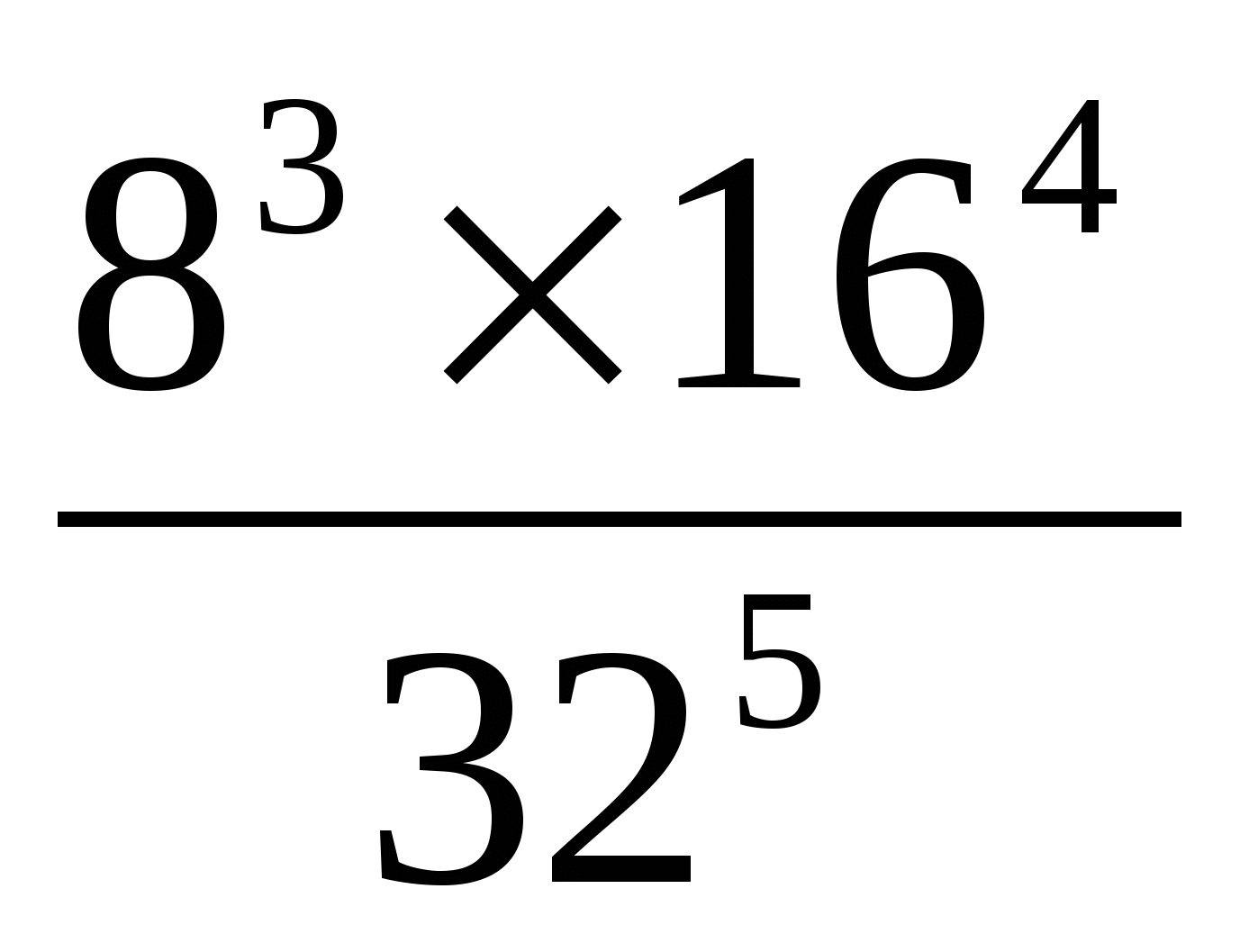Technological map of the lesson
Grade 7 Lesson #38
Topic: Degree with a natural indicator
1. Provide repetition, generalization and systematization of knowledge on the topic, consolidate and improve the skills of the simplest transformations of expressions containing degrees with a natural indicator, create conditions for monitoring the assimilation of knowledge and skills;2. To contribute to the formation of skills to apply the methods of generalization, comparison, highlighting the main thing, to promote the education of interest in transferring knowledge to a new situation, the development of mathematical horizons, speech, attention and memory, the development of educational and cognitive activity;
3. To promote the education of interest in mathematics, activity, organization, to cultivate the skills of mutual and self-control of their activities, the formation of a positive motivation for learning, a culture of communication.
Basic concepts of the lesson
Degree, base of a degree, exponent, properties of a degree, product of a degree, division of degrees, exponentiation of a degree.
Planned result
They will learn to operate with the concept of Degree, understand the meaning of writing a number as a degree, perform simple transformations of expressions containing degrees with a natural exponent.
They will have the opportunity to learn how to perform transformations of integer expressions containing a degree with a natural exponent
Item Skills, UUD
Personal UUD:
the ability to self-assessment based on the criterion of success of educational activities.
Cognitive UUD:
the ability to navigate in their system of knowledge and skills: to distinguish the new from the already known with the help of a teacher; find answers to questions using the information learned in the lesson.
Generalization and systematization of educational material, operate with a symbolic record of the degree, substitutions, reproduce from memory the information necessary to solve the educational problem
Subject UUD:
Apply degree properties to the transformation of expressions containing powers with a natural exponent
Regulatory UUD:
The ability to determine and formulate the goal in the lesson with the help of a teacher; evaluate your work in class. To exercise mutual control and self-control in the performance of tasks
CommunicativeUUD:
Be able to formulate your thoughts orally and in writing, listen and understand the speech of others
Meta-subject relations
Physics, astronomy, medicine, daily life
Lesson type
Repetitions, generalizations and application of knowledge and skills.
Forms of work and methods of work
Frontal, steam room, individual. Explanatory - illustrative, verbal, problem situation, workshop, mutual verification, control
Resource support
Components of teaching materials Makarycheva Textbook, projector, screen, computer, presentation, assignments for students, self-assessment sheets
Technologies used in the training session
Technology of semantic reading, problem-based learning, individual and differentiated approach, ICT
Motivate students to work, mobilize attentionGood afternoon guys. Good afternoon, dear colleagues! I greet everyone gathered at today's open lesson. Guys, I want to wish you fruitful work in the lesson, carefully consider the answers to the questions posed, take your time, do not interrupt, respect your classmates and their answers. And I wish you all get only good grades. Good luck to you!
Included in the business rhythm of the lesson
They check the availability of everything necessary for work in the lesson, the accuracy of the location of the Objects. Ability to organize yourself, tune in to work.
2. Actualization of basic knowledge and entry into the topic of the lesson
3. Oral work
Guys, each of you has score sheets on your desk.On them you will evaluate your work in the lesson.Today in the lesson you are given the opportunity to receive not one, but two marks: for work in the lesson and for independent work.
Your correct, complete answers will also be rated "+", but I will put this mark in another column.
On the screen you see puzzles in which the keywords of today's lesson are encrypted. Solve them. (Slide 1)
degree
 repetition
repetition
 generalization
generalization
Guys, you correctly guessed the puzzles. These words are degree, repetition, and generalization. And now, using the guessed words - hints, formulate the topic of today's lesson.
Correctly. Open your notebooks and write down the number and topic of the lesson “Repetition and generalization on the topic “Properties of a degree with a natural indicator” (Slide 2)
We have determined the topic of the lesson, but what do you think, what will we do in the lesson, what goals will we set for ourselves? (Slide 3)
Repeat and generalize our knowledge on this topic, fill in the gaps, prepare for the study of the next topic "Monominals".
Guys, the properties of a degree with a natural exponent are quite often used when finding the values of expressions, when converting expressions. The speed of calculations and transformations associated with the properties of a degree with a natural indicator is also dictated by the introduction of the USE.
So, today we will review and summarize your knowledge and skills on this topic. Orally, you must solve a number of problems and remember the verbal grouping of properties and definitions of the degree with a natural indicator.
Epigraph to the lesson of the words of the great Russian scientist M.V. Lomonosov “Let someone try to delete degrees from mathematics, and he will see that without them you won’t go far”
(Slide 4)
Do you think the scientist is right?
Why do we need degrees?
Where are they widely used? (in physics, astronomy, medicine)
That's right, and now let's repeat, what is a degree?
What are the names of a andnin the degree record?
What actions can be performed with degrees? (Slides 5-11)
And now let's sum it up. Do you have worksheets on your desk? .
1. On the left are the beginnings of the definitions, on the right are the endings of the definitions. Connect the correct statements with lines (Slide 12)
Connect the corresponding parts of the definition with lines.a) When multiplying powers with the same base...
1)base degree
b) When dividing powers with the same bases ....
2) Exponent
c) The number a is called
3) the product of n factors, each of which is equal to a.
d) When raising a power to a power...
4) ... the base remains the same, and the indicators add up.
e) The power of a number a with a natural exponent n greater than 1 is called
5) ... the base remains the same, and the indicators are multiplied.
e)Numberncalled
6) Degree
and)Expression a ncalled
7) ... the base remains the same, and the indicators are subtracted.
2.Now, exchange papers with your desk mate, evaluate his work and rate him. Put this score on your score sheet.
Now let's check if you have completed the task correctly.
Guessing puzzles, identifying words - hints.
They are trying to set the topic of the lesson.
Write the date and topic of the lesson in your notebook.
Answer questions
They work in pairs. Read the task, remember.
Connect parts of definitions
They exchange notebooks.
Perform mutual verification of the results, give marks to the neighbor on the desk ..
4. Physical education minute
Hands raised and shook -
these are the trees in the forest,
Hands bent, brushes shaken -
The wind rips off the leaves.
To the sides of the hand, gently wave -
Birds fly south
As they sit down, quietly show -
Hands folded like this!
Perform activities in parallel with the teacher
5. The transfer of acquired knowledge, their primary application in new or changed conditions, in order to form skills.
1. I offer you the following work: you have cards on your desks. You need to complete tasks, i.e. write the answer as a degree with base c, and you will find out the last name and first name of the great French mathematician who introduced the currently generally accepted notation for degrees. (Slide 14)
5FROM 8 : FROM 6
(FROM 4 ) 3 FROM
(FROM 4 ) 3
FROM 4 FROM 5 FROM 0
FROM 5 FROM 3 : FROM 6
FROM 16 : FROM 8
FROM 14 FROM 8
10.
(FROM 3 ) 5
Answer: Rene Descartes.
A story about the biography of Rene Descartes (Slides 15 - 17)
Guys, now let's do the next task.
2. About determine which answers are correct and which are false. (Slide 18 - 19)
Set a true answer to 1, a false answer to 0.
having received an ordered set of ones and zeros, you will find out the correct answer and determine the name and surname of the first Russian woman - mathematician.
a) x 2 x 3 =x 5
b) s 3 s 5 s 8 = s 16
in) x 7 : x 4 = x 28
G) (c+ d) 8 : ( c+ d) 7 = c+ d
e) (x 5 ) 6 = x 30
Choose her name from four names of famous women, each of which corresponds to a set of ones and zeros:
Ada Augusta Lovelace - 11001
Sophie Germain - 10101
Ekaterina Dashkova - 11101
Sofia Kovalevskaya - 11011
From the biography of Sofia Kovalevskaya (Slide 20)
Perform the task, determine the surname and name of the French mathematician
Listening and looking at slides
They mark the correct and incorrect answers, write down the resulting code, which determines the name of the first Russian woman - a mathematician.
6. Control and assessment of knowledge Independent performance of tasks by students under the supervision of the teacher.
And now you have to do the verification work. Before you are cards with tasks of different colors. The color corresponds to the level of difficulty of the task (by "3", by "4", by "5") Choose for yourself the task for which grade you will perform and get to work. (Slide 21)
On "3"
1. Express the product as a power:
a) ; b) ;
in) ; G) .
2. Follow these steps:
( m 3 ) 7 ; ( k 4 ) 5 ; (2 2 ) 3; (3 2 ) 5 ; ( m 3 ) 2 ; ( a x ) y
On "4"
1. Present the product as a degree.
a) x 5 X 8 ; boo 2 at 9 ; in 2 6 2 4 ; G)m 2 m 5 m 4 ;
e)x 6 ∙ x 3 ∙ x 7 ; f) (–7) 3 ∙ (–7) 2 ∙ (–7) 9 .
2. Express the quotient as a power:
a)x 8 : x 4 ; b) (–0.5) 10 : (–0,5) 8 ;
c) x 5 : X 3 ; d) 10 : u 10 ; D 2 6 : 2 4 ; e) ;
to "5"
1.Follow the steps:
a) a 4 · a · a 3 a b) (7 X ) 2 c) r · R 2 · R 0
d) with · With 3 · c e) t · t 4 · ( t 2 ) 2 · t 0
e) (2 3 ) 7 : (2 5 ) 3 and) -X 3 · (– X ) 4
h) (R 2 ) 4 : R 5 i)(3 4 ) 2 (3 2 ) 3 : 3 11
2. Simplify:
a) x 3 ( x 2 ) 5 c) ( a 2 ) 3 ( a 4 ) 2
b) ( a 3 ) 2 a 5 g) ( x 2 ) 5 ( x 5 )
Independent work
Doing assignments in notebooks
7. Lesson summary
Summarizing the information received in the lesson.Checking work, grading. Identification of difficulties encountered in the lesson
8. Reflection
What happened to the concept of degree inXVIIcentury, you and I can predict for ourselves. To do this, try to answer the question: is it possible to raise a number to a negative power or a fractional one? But this is the subject of our future study.
Lesson grades
Guys, I want to finish our lesson with the following parable.
Parable. A wise man was walking, and three people were walking towards him, who were carrying carts with stones for construction under the hot sun. The sage stopped and asked each one a question. He asked the first: “What did you do all day?” And he replied with a grin that he had been carrying cursed stones all day. The sage asked the second: “What did you do all day long”, and he answered: “And I conscientiously did my job.” And the third smiled, his face lit up with joy and pleasure: “And I took part in the construction of the temple!”
Guys, answer, what did you do at the lesson today? Just do it on the self-assessment sheet. Circle the statement in each column that applies to you.
In the self-assessment sheet, you need to underline the phrases that characterize the student's work in the lesson in three areas.
Our lesson is over. Thank you all for your hard work in class!
Answer questions
Evaluate your work in class.
Mark on the card phrases that characterize their work in the lesson.
Lesson topic: Degree with a natural indicatorLesson type: lesson of generalization and systematization of knowledge
Type of lesson: combined
Forms of work: individual, frontal, work in pairs
Equipment: computer, media product (presentation in the programMicrosoftofficepower point 2007); task cards for self-study
Lesson Objectives:
Educational : developing the skills to systematize, generalize knowledge about the degree with a natural indicator, consolidate and improve the skills of the simplest transformations of expressions containing degrees with a natural indicator.
- developing: to promote the formation of skills to apply the methods of generalization, comparison, highlighting the main thing, the development of mathematical horizons, thinking, speech, attention and memory.
- educational: to promote the development of interest in mathematics, activity, organization, to form a positive motive for learning, the development of skills in educational and cognitive activity
Explanatory note.
This lesson is held in a general education class with an average level of mathematical preparation. The main task of the lesson is to develop the skills to systematize, generalize knowledge about the degree with a natural indicator, which is realized in the process of performing various exercises.
The developmental character is manifested in the selection of exercises. The use of a multimedia product allows you to save time, make the material more visual, show examples of design solutions. Various types of work are used in the lesson, which relieves children's fatigue.
Lesson structure:
Organizing time.
Message topics, setting goals for the lesson.
oral work.
Systematization of basic knowledge.
Elements of health-saving technologies.
Execution of a test task
Lesson results.
Homework.
During the classes:
I.Organizing time
Teacher: Hello guys! I am glad to welcome you to our lesson today. Sit down. I hope that today at the lesson we will have both success and joy. And we, working in a team, will show our talent.
Be careful during the lesson. Think, ask, offer - as we will walk the road to truth together.
Open notebooks and write down the number, class work
II. Topic message, lesson goal setting
1) The topic of the lesson. Epigraph of the lesson.(Slide 2.3)
“Let someone try to cross out of mathematics
degree, and he will see that without them you won’t go far” M.V. Lomonosov
2) Setting the objectives of the lesson.
Teacher: So, in the lesson we will repeat, summarize and bring the studied material into the system. Your task is to show your knowledge of the properties of a degree with a natural indicator and the ability to apply them when performing various tasks.
III. Repetition of the basic concepts of the topic, properties of the degree with a natural indicator
1) unravel the anagram: (slide 4)
Nspete (degree)
Whoreosis (cut)
Ovaniosne (base)
Casapotel (indicator)
Multiplication (multiplication)
2) What is a degree with a natural indicator?(Slide 5)
(by the power of the number a with a natural indicator n , greater than 1, is called the expression a n equal to the product n multipliers, each of which is equal to a a-base n -index)
3) Read the expression, name the base and the exponent: (Slide 6)
4) Basic properties of the degree (add the right side of the equality)(Slide 7)
a n a m =
a n :a m =
(a n ) m =
(ab) n =
( a / b ) n =
a 0 =
a 1 =
IV At stnaya Work
1) verbal account (slide8)
Teacher: And now let's check how you can apply these formulas when solving.
1) x 5 X 7 ; 2) a 4 a 0 ;
3) to 9 : to 7 ; 4) r n : r ;
5)5 5 2 ; 6) (- b )(- b ) 3 (- b );
7) with 4 : With; 8) 7 3 : 49;
9) 4 at 6 y 10) 7 4 49 7 3 ;
11) 16: 4 2 ; 12) 64: 8 2 ;
13) sss 3 ; 14) a 2 n a n ;
15) x 9 : X m ; 16) at n : u
2) the game "Exclude the excess" ((-1) 2 )(slide9)
-1
Well done. They did a good job. We then solve the following examples.
VSystematization of basic knowledge
1. Connect the expressions corresponding to each other with lines:(slide 10)
4 ⁶ 4 2 3 6 4 6
4 6 : 4 2 4 6 /5 6
(3 4) 6 4 ⁶ +2
(4 2 ) 6 4 6-2
(4/5) 6 4 12
2. Arrange in ascending order of the number:(slide 11)
3 2 (-0.5) 3 (½) 3 35 0 (-10) 3
3. Completion of the task with subsequent self-examination(slide 12)
A1 represent the product in the form of a degree:
a) a) x 5 X 4 ; b) 3 7 3 9 ; at 4) 3 (-4) 8 .
And 2 simplify the expression:
a) x 3 X 7 X 8 ; b) 2 21 :2 19 2 3
And 3 exponentiate:
a) (a 5 ) 3 ; b) (-c 7 ) 2
VIElements of health-saving technologies (slide 13)
Physical education: repetition of the degree of numbers 2 and 3
 VIITest task (slide 14)
VIITest task (slide 14)
Answers to the test are written on the board: 1 d 2 o 3b 4s 5 h 6a (extraction)
VIII Independent work on cards
On each desk, cards with a task according to options, after the work is completed, they are submitted for verification
Option 1
1) Simplify expressions:
a)  b)
b) 
in)  G)
G) 
a)  b)
b) 
in)  G)
G)
Option 2
1) Simplify expressions:
a) b)
in)  G)
G)
2) Find the value of the expression:
a)b)
in)  G)
G) 
3) Show with an arrow whether the value of the expression is equal to zero, a positive or negative number:
IX Lesson summary
No. p / p
Type of work
self-esteem
Teacher evaluation
1
Anagram
2
Read the expression
3
Rules
4
Verbal counting
5
Connect with lines
6
Arrange in ascending order
7
Self-test tasks
8
Test
9
Independent work on cards
X Homework
Test cards
A1. Find the value of the expression: .
Lesson on the topic: "The degree and its properties."
The purpose of the lesson:
Summarize students' knowledge on the topic: "Degree with a natural indicator."
To achieve from students a conscious understanding of the definition of the degree, properties, the ability to apply them.
To teach how to apply knowledge, skills for tasks of various complexity.
Create a condition for the manifestation of independence, perseverance, mental activity, instill a love for mathematics.
Equipment: punched cards, cards, tests, tables.
The lesson is designed to systematize and generalize the knowledge of students about the properties of a degree with a natural indicator. The material of the lesson forms mathematical knowledge in children and develops interest in the subject, horizons in the historical aspect.
Progress.
Message about the topic and purpose of the lesson.
Today we have a general lesson on the topic "Degree with a natural indicator and its properties."
The task of our lesson is to repeat all the material covered and prepare for the test.
Checking homework.
(Goal: to test the mastery of exponentiation, products and degrees).
№ 238(b) No. 220 (a; d) No. 216.
Behind the board are 2 people with individual cards.
a 4 ∙ a 15 a 12 ∙ a 4 a 12: a 4 a 18: a 9 (a 2) 5 (a 4) 8 (a 2 b 3) 6 (а 6 bв 4) 3 a 0 a 0oral work.
(Goal: to repeat the key points that reinforce the algorithm for multiplying and dividing powers, exponentiation).
Formulate the definition of the degree of a number with a natural exponent.
Take action.
At what value of x does the equation hold?
Determine the sign of the expression without performing calculations.
Simplify.
 ; b) (a 4) 6:
(a 3) 3
; b) (a 4) 6:
(a 3) 3 Brainstorm.
( Target : check the basic knowledge of students, the properties of the degree).
Work with punched cards, for speed.
 a 6: a 4; a 10:a 3
(a 2) 2 ;
(a 3) 3 ; (a 4) 5 ; (а 0) 2 .
a 6: a 4; a 10:a 3
(a 2) 2 ;
(a 3) 3 ; (a 4) 5 ; (а 0) 2 . - (2а 2) 2 ;
(-2a 3) 3 ; (3а 4) 2 ; (-2a 2 b) 4 .
Exercise: Simplify the expression (we work in pairs, the class solves the task a, b, c, we check collectively).
(Goal: working out the properties of a degree with a natural indicator.)
a)  ; b)
; b)  ; in)
; in) 
6. Calculate:
a)  ( collectively )
( collectively )
b)  ( on one's own )
( on one's own )
in)  ( on one's own )
( on one's own )
G)  ( collectively )
( collectively )
e)  ( on one's own ).
( on one's own ).
7 . Check yourself!
(Goal: development of elements of students' creative activity and the ability to control their actions).
Work with tests, 2 students at the blackboard, self-examination.
I - c.


Compute expressions.

║ - in.
Simplify expressions.

Calculate.

Compute expressions.

D / s home to / r (on cards).
Summing up the lesson, grading.
(Goal: So that students can visually see the result of their work, develop cognitive interest).
Who first began to study the degree?
How to raise a n ?
So that to the nth degree wea erect
We need to multiply n once
If a n one - never
If more, then multiply a on a,
I repeat n times.
3) Can we raise a number to n degree, very fast?
If you take a calculator
Number a you only get it once
And then the sign of "multiplication" - also once,
You will press the sign "it will turn out" so many times
How n without unit will show us
And the answer is ready, without a school pen EVEN .
4) List the properties of the degree with a natural indicator.
Grades for the lesson will be set after checking the work with punched cards, with tests, taking into account the answers of those students who answered during the lesson.
You did a good job today, thank you.
Literature:
1.A.G. Mordkovich Algebra-7 class.
2.Didactic materials - Grade 7.
3.A.G. Mordkovich Tests - Grade 7.


